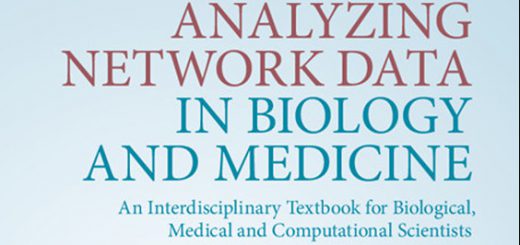Cell survival and cell death
AUTHOR –
CALL NO QH671 C393 2020
IMPRINT Cold Spring Harbor, New York : Cold Spring Harbor Laboratory Press, c2020
[For MU Students and Staff can request here]
In multicellular organisms, cell death is required for normal development, homeostasis, and the elimination of infected or injured cells. The mechanisms by which cell death occurs are genetically encoded and carefully controlled. Perturbations that enhance or suppress cell death may lead to cancer, neurodegeneration, and inflammatory diseases.
Written and edited by experts in the field, this collection from Cold Spring Harbor Perspectives in Biology provides a comprehensive update on the cell signaling that underlies the main cell death programs (apoptosis, pyroptosis, and necroptosis) and how this knowledge is driving the development of therapeutic drugs to treat some human diseases. Contributors describe in detail the molecular mechanisms of cell death signaling and the myriad players involved, including death receptor–ligand systems, BCL-2 family proteins, caspases, inflammasomes, gasdermin, MLKL, RIPK1, A20, and XIAP. They also examine the involvement of cell death programs in various pathologies and the therapeutic potential of inhibiting key pathway components.
Chapters are additionally devoted to cell death signaling mechanisms in plants and lower organisms, as well as the evolution of those mechanisms and the influence of pathogens that seek to evade them. This volume is therefore an essential reference for cell and developmental biologists, cancer biologists, and all who wish to explore recent progress in our understanding of cell death programs.
SOURCE : https://www.cshlpress.com/default.tpl?action=full&–eqskudatarq=1286





